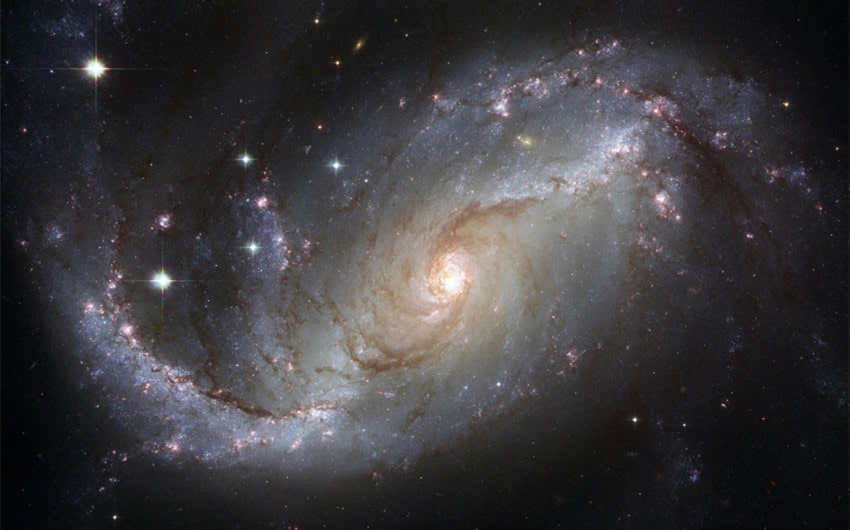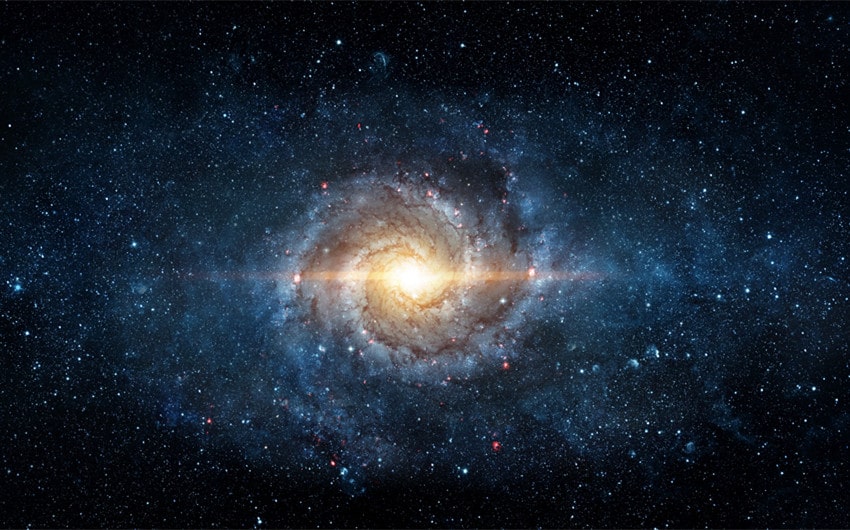Is Space a Vacuum: Discover Key Insights and Surprises
When we think of space, we often imagine a vast, empty void. But is space a vacuum in the true scientific sense? While commonly referred to as such, space is more complex than pure emptiness.
From sparse particles to cosmic rays, understanding whether space is truly a vacuum reveals surprising insights about the universe’s structure. Let’s explore what a vacuum means in scientific terms and examine whether space fits that definition.
What is a Vacuum in Scientific Terms?
In scientific terms, a vacuum is defined as a space completely devoid of matter. Ideally, this would mean an area with absolutely no particles—no atoms, molecules, or even dust particles.
In physics, a perfect vacuum is essentially a state of pure emptiness, where nothing at all exists to interfere with measurements or experiments.
However, creating a perfect vacuum is nearly impossible, even in controlled laboratory settings, because it’s incredibly difficult to eliminate every trace of matter from a given space.
Is Space Truly a Vacuum?

The short answer is: not exactly. While space is often referred to as a vacuum, it’s actually a near-vacuum, meaning it has an incredibly low density of particles but is not completely empty. The vast stretches between planets, stars, and galaxies may appear empty, but space still contains trace amounts of matter, including gas, dust, radiation, and even fleeting quantum particles. These elements are spread so sparsely that, for most practical purposes, space behaves like a vacuum. However, in scientific terms, it falls short of being a perfect one.
Why Space Is Often Considered a Vacuum
Space is considered a vacuum primarily due to its extremely low particle density compared to Earth. On Earth, we’re surrounded by billions of particles in every cubic centimeter of air. In space, however, you might find just a few particles in the same volume—or sometimes none at all. This drastic reduction in matter density creates conditions similar to a vacuum, where there’s minimal interference from particles and very low pressure. For comparison:
- Earth’s Atmosphere: At sea level, Earth’s atmosphere contains approximately 10^19 molecules per cubic centimeter.
- Space (Interstellar Medium): In interstellar space, particle density drops to an average of about 1 particle per cubic centimeter or even lower.
This sparse distribution of particles gives space its vacuum-like properties, which is why spacecraft and other objects behave differently than they would in Earth’s atmosphere. For example, without atmospheric friction, objects in space can continue moving indefinitely unless acted upon by another force.
The Elements Present in Space
Although space is nearly empty, it’s not completely devoid of material. Some of the components that exist in the “vacuum” of space include:
Gas and Dust: The interstellar medium, the thin spread of gas and dust that permeates space, consists primarily of hydrogen atoms, along with trace amounts of helium and other elements. Although sparse, this medium is present throughout space and plays a role in star formation and galactic processes.
Cosmic Rays and Radiation: Space is filled with radiation from various sources, including the sun, stars, and distant galaxies. This radiation includes electromagnetic waves like visible light, X-rays, gamma rays, and cosmic rays, which are high-energy particles traveling through space at nearly the speed of light.
Quantum Fluctuations: Quantum mechanics reveals that even the emptiest regions of space aren’t truly empty. Due to quantum fluctuations, virtual particles—tiny, short-lived particles—appear and disappear constantly, creating a “quantum foam” effect. While they don’t exist in any permanent sense, these virtual particles suggest that space has a baseline energy, even in areas devoid of traditional matter.
Why Space Isn’t a Perfect Vacuum
A perfect vacuum, one with absolutely no particles or energy, is nearly impossible to achieve, even in the depths of space. Several factors contribute to this:
Gravitational Influence: Gravity acts across vast distances, subtly pulling particles together even in otherwise empty regions. Over time, this influence causes particles and gases to cluster, making a true vacuum challenging to maintain.
Cosmic Background Radiation: Leftover radiation from the Big Bang permeates all of space. Known as the cosmic microwave background, this faint energy field exists everywhere in the universe and is detectable as a faint glow, even in the emptiest regions.
Intergalactic and Interstellar Mediums: Between galaxies and stars, gases and particles are present, albeit in very low quantities. These materials contribute to the overall density of space, making it a near-vacuum rather than a perfect one.


